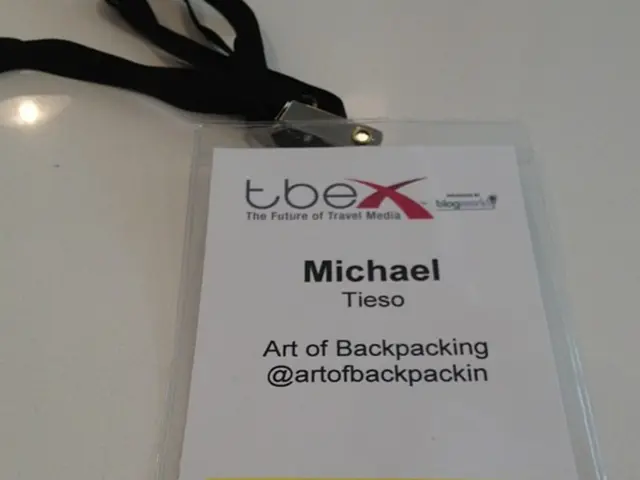Gen Z Shifts Towards Blue-Collar Jobs: 42% Pursue Skilled Trades
A shift in career trends is evident among Gen Z adults in 2025. A national survey reveals that 42% are now working in or pursuing blue-collar or skilled-trade roles, including a significant number holding bachelor's degrees. This change is driven by various factors, including high demand, better prospects, and the influence of technology.
The U.S. Department of Labor has responded to this trend by allocating $244 million to expand Registered Apprenticeships in high-growth industries. Entry-level job postings have become more competitive, leading graduates to reassess where the opportunities lie. The median annual wage for electricians in the U.S., for instance, is around $62,350, with a projected 9% growth this decade.
In Germany, more young people are choosing apprenticeships, skilled trades, and modern manufacturing due to high demand and better job retention prospects. Efforts to overcome gender stereotypes and make vocational training more attractive have also contributed to this trend. Similarly, in England, higher apprenticeship starts are rising, particularly at advanced levels. The World Economic Forum suggests that Gen Z's digital fluency and AI comfort make them well-suited to advanced manufacturing roles.
The once-dismissed paths of apprenticeships, skilled trades, and modern manufacturing are now being embraced by Gen Z workers. Big manufacturers and infrastructure employers are reciprocating this interest by offering clear training ladders, certifications, and pay transparency. This shift signals a significant realignment in career aspirations and employment strategies.





